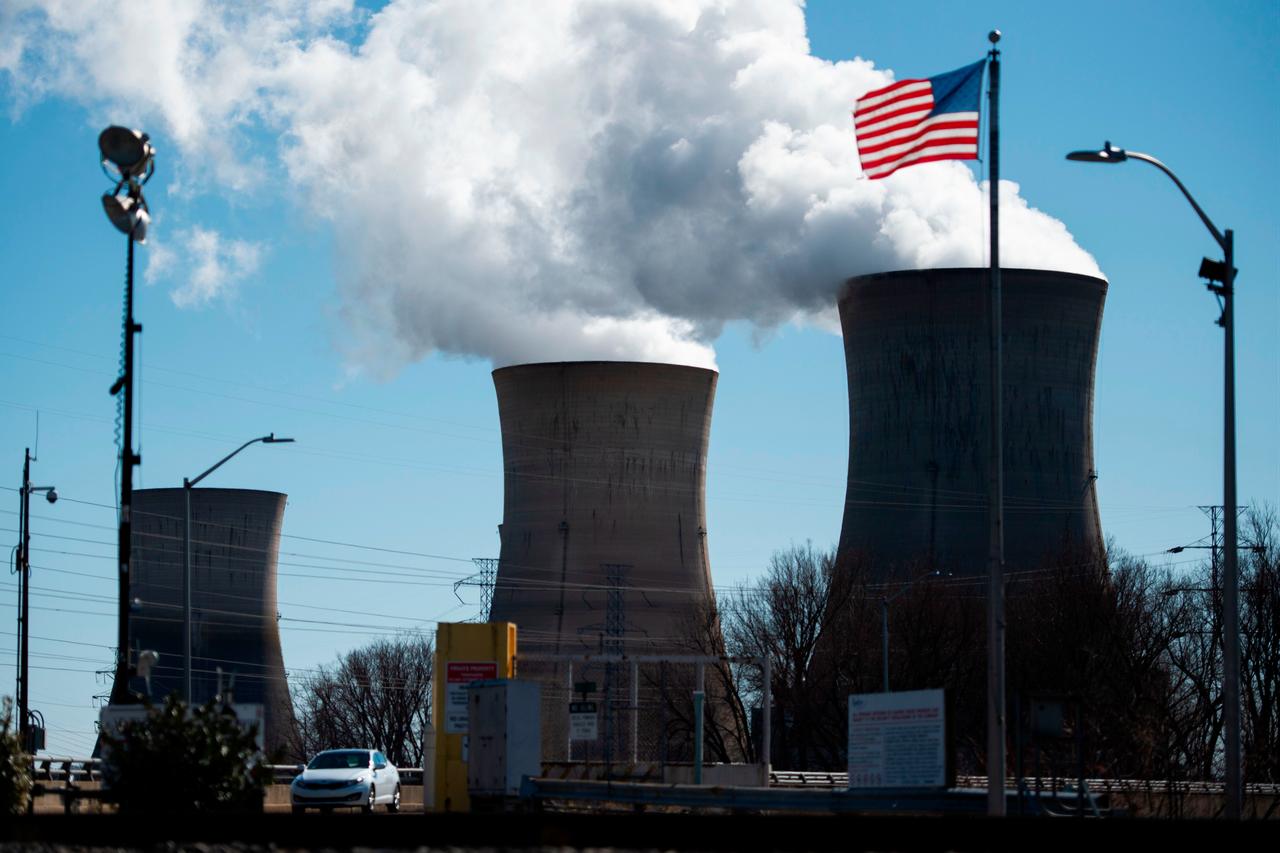
The latest World Nuclear Industry Status Report shows that while 2024 saw record levels of nuclear power generation, the technology's global share in total electricity production continues to fall. Even as some nations plan new reactors, experts argue that nuclear energy has no real future.
Although overall output reached a historical peak, nuclear power generation increased by just 0.5% compared to 18 years ago—a figure that undermines claims of a “nuclear renaissance.” In countries like China, nuclear’s share is also shrinking, largely because renewable energy sources are expanding far faster.
While countries such as Poland and Türkiye push ahead with new nuclear projects, others like Italy have reversed plans to phase out the technology.
Today, 141 of the world’s nuclear reactors are at least 41 years old, and 27 have surpassed 51 years of operation. New builds remain rare—construction is underway in just 11 countries.
Decommissioning, meanwhile, remains a long and complex challenge. Out of 218 reactors that have been shut down, only 23 have been fully dismantled, and just nine have been cleared for reuse.
Finland, with its Onkalo facility at Olkiluoto, is the only country close to completing a permanent disposal site for spent nuclear fuel. Experts say that even this achievement proves how incomplete the nuclear concept remains after 70 years of use.
“The world may have reached record nuclear output in 2024,” said energy analyst Mycle Schneider, one of the report’s authors, “but this is not a nuclear revival.”
Across Europe, the landscape of nuclear energy reveals a continent divided between revival and retreat. France remains the region’s nuclear heavyweight, generating around two-thirds of its electricity from reactors that are now aging and increasingly costly to maintain.
While President Emmanuel Macron continues to push for a new generation of reactors under the “France 2030” plan, delays and budget overruns at sites like Flamanville have cast doubt on the feasibility of a full-scale nuclear comeback.
In contrast, Germany has turned the page entirely, shutting down its last reactors in 2023 after a decadelong political and public debate shaped by the Fukushima disaster.
Eastern European countries, particularly Poland, Hungary, and the Czech Republic, are charting their own path, betting on small modular reactors (SMRs) and partnerships with U.S. and South Korean firms as they seek energy independence from Russia.
Meanwhile, the United Kingdom is struggling to deliver on its ambitious plans, with Hinkley Point C facing mounting costs and delays, yet London remains committed to keeping nuclear as part of its net-zero strategy.
Together, these trends illustrate a Europe in transition—where nuclear power is no longer a single, unified story, but a complex patchwork of national priorities, political calculations, and evolving technologies.
With declining costs and faster installation, solar, wind, and energy storage technologies are rapidly outpacing nuclear. Though carbon-free, nuclear energy is increasingly seen as an unsustainable bridge technology.
In the years ahead, energy experts expect the global conversation to focus on the trio of renewables, storage, and efficiency—not on reviving the nuclear age.